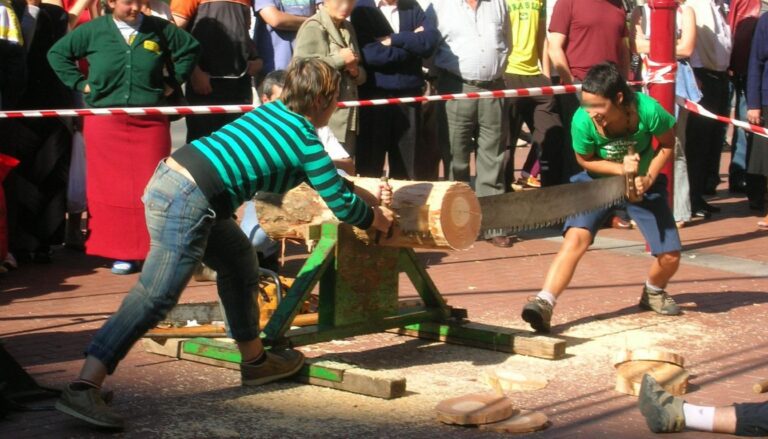Lhasa Tibet, China
Perched high in the Himalayan plateau at 11,995 feet, Lhasa stands as a beacon of Tibetan Buddhism and culture. This sacred city, whose name means “Place of the Gods,” mesmerizes visitors with its magnificent monasteries, devoted pilgrims, and the ethereal beauty of its mountain setting. Here, ancient traditions thrive amidst the world’s highest mountains, creating an atmosphere of profound spirituality and cultural richness.
This guide reveals local secrets and cultural treasures, transforming your visit into a memorable journey.
Table of Contents
Best Places to Visit
- Potala Palace: The iconic former winter residence of the Dalai Lamas
- Barkhor Street: The sacred circumambulation circuit around Jokhang Temple
- Sera Monastery: Famous for its monk debates and Buddhist teachings
- Norbulingka: The former summer palace of the Dalai Lamas
- Drepung Monastery: Once the world’s largest monastery and a center of Buddhist learning
Must-Visit Cultural Landmarks
- Jokhang Temple: Tibet’s most sacred temple and spiritual heart of Lhasa
- Ramoche Temple: One of the most important temples in Tibetan Buddhism
- Tibet Museum: Housing precious artifacts of Tibetan culture and history
- Chakpori Hill: Offering panoramic views of Potala Palace and Lhasa valley
- Ani Tsankhung Nunnery: One of the few active nunneries in Lhasa
Cultural Insights & Traditions
Tibetan culture is deeply rooted in Buddhist philosophy and practices. Daily life revolves around spiritual activities, from morning prayers to evening circumambulations. The concept of karma and compassion for all beings influences every aspect of local life. Traditional customs include burning juniper incense, spinning prayer wheels, and making butter tea offerings.
Top Cultural Experiences
- Morning Prayers: Join locals at Jokhang Temple for sunrise devotions
- Monk Debates: Witness philosophical debates at Sera Monastery
- Pilgrim Watch: Observe devotees performing prostrations
- Tibetan Medicine: Learn about traditional healing at the Medical Center
- Thangka Painting: Visit workshops creating sacred Buddhist art
- Butter Tea Ceremony: Experience traditional Tibetan hospitality
Best Time to Visit
The best time to visit Lhasa is from April to October, when weather conditions are most favorable. Peak season is July and August, offering warm temperatures and numerous festivals. Spring and fall provide clear skies and comfortable temperatures. Winter is cold but offers fewer tourists and unique celebrations like Tibetan New Year.
How to Get Around
Navigating Lhasa requires careful planning due to altitude and regulations:
- Walking is best for short distances after acclimatization
- Public buses connect major attractions
- Licensed taxis are readily available
- Private tours with authorized guides
- Bicycle rentals (after acclimatization)
Note: Foreign tourists must arrange travel through authorized agencies and obtain necessary permits.
Where to Stay
- Barkhor Area: Traditional hotels near major spiritual sites
- Beijing Road: Modern accommodations with western amenities
- Norbulingka Area: Peaceful settings away from the center
- Near Potala Palace: Stunning views of the palace
- Chandor Road: Budget-friendly guesthouses
Best Places to Book Your Trip
Planning your dream trip is easy with trusted travel platforms. To secure the best deals on flights, accommodations, and tours, check out:
- Booking.com: Offers a wide range of hotels, apartments, and hostels to suit every budget.
- GetYourGuide: Book unforgettable experiences like guided tours, cooking classes, and fast-track passes.
- Expedia: A great platform for bundling flights, hotels, and car rentals for a seamless booking experience.
- Skyscanner: Perfect for finding the best deals on flights.
Pro Tips for Visitors
- Altitude Acclimatization: Spend first 2-3 days taking it easy
- Obtain all necessary permits well in advance
- Respect local customs and dress modestly
- Photography restrictions apply in temples
- Drink plenty of water and carry sun protection
- Learn basic Tibetan greetings
- Avoid political discussions
- Try local specialties like tsampa and momos
- Book Potala Palace visits at least one day ahead
- Carry cash as credit cards aren’t widely accepted
- Consider oxygen supplementation if needed
Experience the profound spirituality and ancient traditions of Lhasa, where every prayer flag and spinning wheel tells a story of devotion. Let the city’s sacred atmosphere and the warmth of its people guide you through an unforgettable journey in the “Roof of the World.”
Traditional Thenthuk of Lhasa: A Local’s Guide to Authenticity













